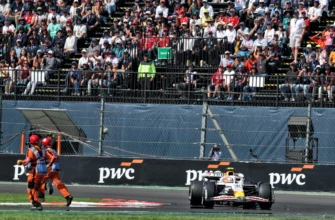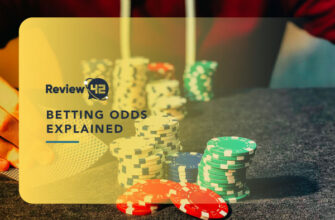In the vast, undulating ocean of sports speculation, where the titanic favorites draw the lion`s share of attention and wagers, there exists a unique breed of enthusiast. These aren`t just casual observers hoping for a miracle; they are the intellectual thrill-seekers, the architects of the improbable, perpetually scanning the horizon for the faint glimmer of a long shot. It`s the ultimate high-risk, high-reward proposition: a minuscule chance of success, met with a monumental payoff that feels less like luck and more like a profound validation of one`s peculiar, prescient insight.
The allure is undeniable. Imagine predicting a bottom-dwelling team`s Cinderella run to a championship, or an unheralded rookie seizing an MVP trophy. Such victories resonate deeply, confirming a belief that, contrary to popular opinion, one’s unique perspective held water. The payout, of course, is a rather pleasant bonus. But how does one even begin to identify such needles in the haystack, often buried beneath odds of 100-1, or even 500-1?
Beyond Blind Luck: The “Mental Gymnastics” of Value Spotting
To dismiss long-shot betting as mere roulette is to misunderstand the subtle artistry involved. While luck undoubtedly plays its part in any unpredictable sporting outcome, the serious pursuit of long-shot value is a rigorous exercise in what can only be described as “mental gymnastics.” It’s a deliberate effort to envision a plausible, albeit unlikely, confluence of events that could drastically alter established projections.
This isn`t about throwing darts at a board. It’s about deconstructing the market`s assumptions and identifying scenarios where the perceived probability of an event is significantly lower than its true, albeit remote, possibility. When William Nylander and Zach Werenski were 100-1 shots for their respective individual awards last season, they didn`t win, but they came agonizingly close – demonstrating that the underlying analytical premise wasn`t entirely far-fetched. The objective is not just to pick a winner, but to pick a *valued* long shot, one whose odds disproportionately reflect its chances.
The Analyst`s Toolkit: Deconstructing the Improbable
So, how does one embark on this quest for the improbable? It requires a deep dive into various factors, far beyond surface-level statistics. Here`s a glimpse into the analytical framework:
1. Unearthing Team Dynamics and Trajectory
- Coaching Impact: A new coach can dramatically alter a team`s system, motivation, and overall performance. Can a tactical shift elevate a middling squad?
- Underlying Stats vs. Perception: Is a team`s poor record masking strong underlying metrics (e.g., Corsi, Fenwick for hockey)? Are they unlucky, or genuinely bad?
- Roster Overhaul Potential: Even without major acquisitions, internal growth, or the emergence of prospects, can fundamentally change a team`s core.
- The “Click Factor”: Some teams, despite lacking superstar power, just *click*. A cohesive unit, strong goaltending, and defensive prowess can create a playoff-ready machine, much like the improbable runs of past champions.
2. Projecting Player Breakouts and Role Expansion
- The “Next Generation” Phenom: Every few years, a young talent explodes onto the scene, defying expectations. Can a highly-touted prospect instantly adapt and dominate, or an existing player make an unforeseen leap to superstardom?
- Increased Opportunity: Is a player poised for a significant increase in ice time, a promotion to a top line, or a larger role on special teams? More opportunity often translates to more production.
- Reclamation Projects: Sometimes, a veteran player struggling in one environment finds new life and Vezina-caliber form in a fresh uniform, under a new system.
- The “Shot Volume” King: For goal-scoring or shots-on-goal props, it’s not just about talent, but about a player`s mindset and a coach`s willingness to let them “fire at will.” A small increase in ice time for a high-volume shooter can turn them into a contender.
3. Identifying Market Inefficiencies
- Overvaluation of Favorites: Sometimes, the market overestimates the chances of frontrunners, creating disproportionate value further down the board.
- Underestimation of Potential: The public, and even some oddsmakers, might be slow to react to an improving situation or an emerging talent, leaving generous odds available.
- “If” Scenarios: The beauty of the long shot often lies in a series of “if” statements: If this player excels, if that prospect pans out, if the team stays healthy, then this improbable outcome becomes plausible. The market rarely prices in the full upside of such a cascade.
The Enduring Appeal of the Calculated Improbable
While the odds are, by definition, stacked against these daring predictions, the intellectual gratification of a successful long-shot bet extends beyond mere financial gain. It`s a testament to critical thinking, to seeing what others miss, and to having the conviction to back an unconventional hypothesis. It’s a quiet nod to the fact that sports, for all their predictable rhythms, still harbor the potential for genuine surprise. And when that long shot does land, it’s not just a win against the house; it’s a victory for the imagination, a celebration of the analytical mind, and a truly unforgettable moment in the ever-evolving narrative of athletic competition.







